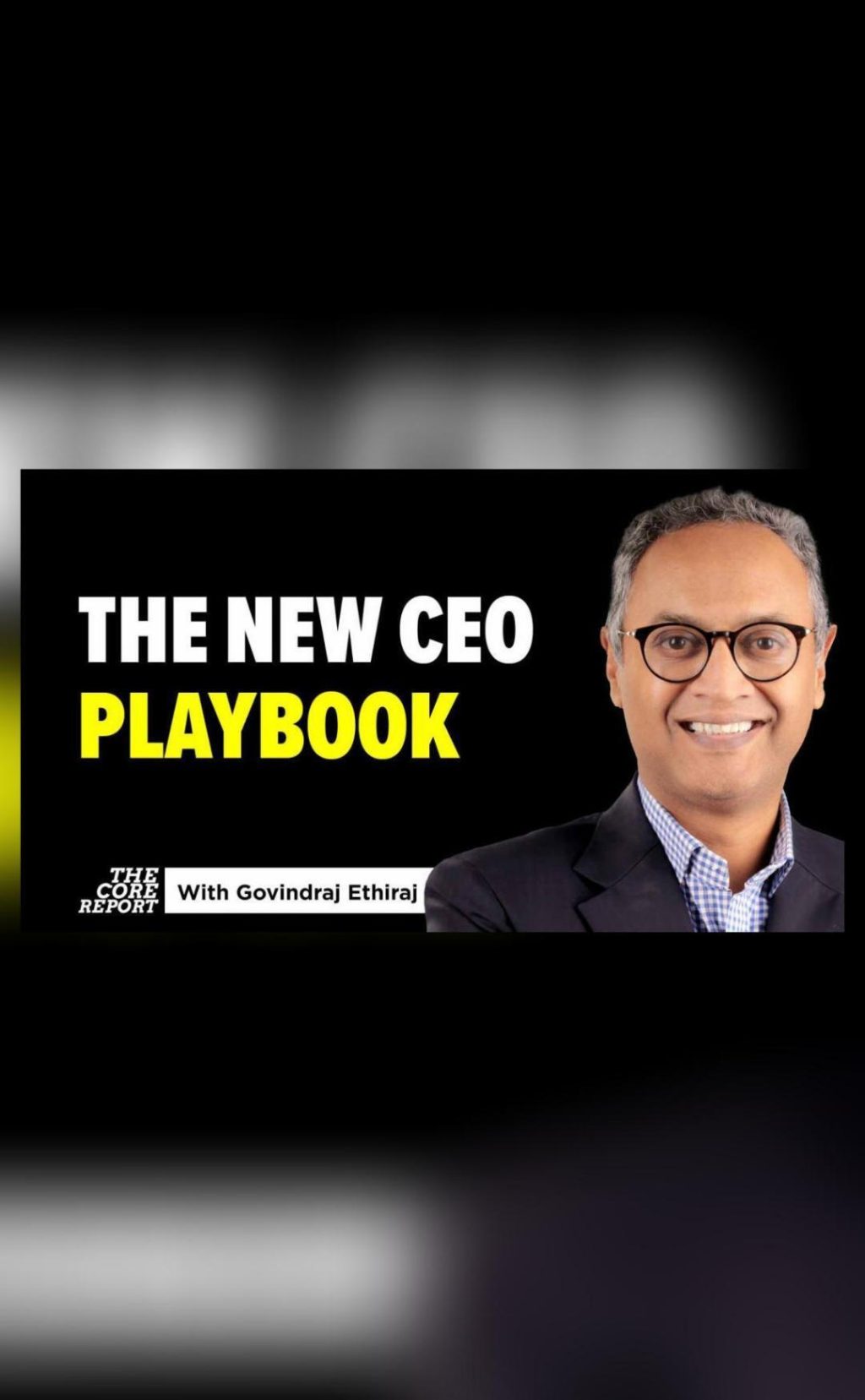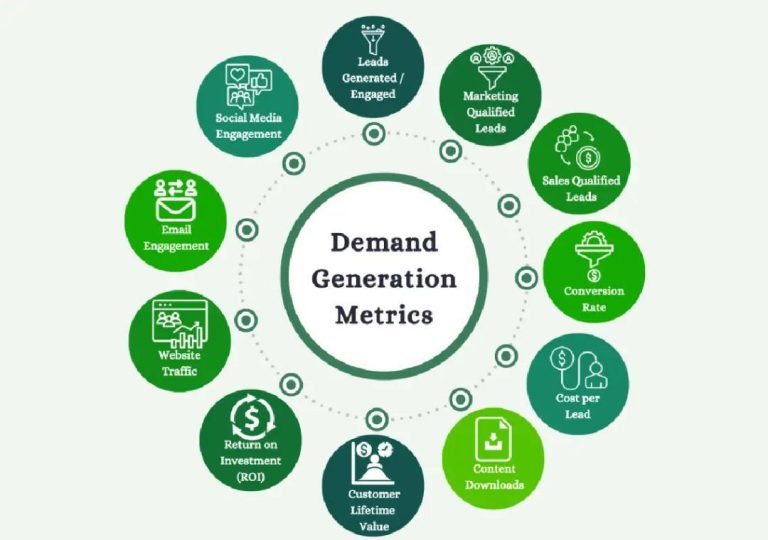
The New CEO Playbook: AI Pressures & Global Tariff Shocks
The business landscape is undergoing a seismic shift, with artificial intelligence (AI) reshaping industries and global tariff shocks disrupting trade. As a result, Chief Executive Officers (CEOs) are facing unprecedented challenges that require a fundamental rethink of strategy and operations. With no guarantee of stability, companies are being pushed to localize, adapt, and reconsider long-held business models.
In this blog post, we’ll explore the new CEO playbook, which includes navigating the dual pressures of AI-driven innovation and global tariff shocks. We’ll examine the key challenges facing CEOs, the opportunities that arise from these challenges, and the strategies that successful leaders are adopting to stay ahead of the curve.
Internal Pressures: Automating and Innovating
One of the primary drivers of change for CEOs is the need to automate and innovate in response to AI-driven disruption. As AI technologies advance, companies are under pressure to adopt new workflows, processes, and tools to remain competitive. This requires CEOs to invest in digital transformation initiatives, upskill their workforce, and develop new business models that leverage AI capabilities.
According to a recent survey by McKinsey, 70% of business leaders believe that AI will have a significant impact on their industry, with 59% planning to increase their AI investment over the next three years. However, the same survey found that only 25% of companies have a clear AI strategy in place, highlighting the need for CEOs to prioritize AI adoption and integration.
External Pressures: Global Tariff Shocks
In addition to internal pressures, CEOs are also facing external challenges in the form of global tariff shocks. The ongoing trade tensions between the United States and China, as well as the UK’s departure from the European Union (Brexit), have created a climate of uncertainty and volatility. This has led to increased tariffs, reduced trade flows, and a surge in protectionist sentiment.
According to the World Trade Organization (WTO), global trade has slowed significantly in recent years, with trade tensions contributing to a 1.2% decline in global trade growth in 2019. This trend is expected to continue, with the WTO predicting a 0.5% decline in global trade growth in 2020.
The New CEO Playbook
So, what does this mean for CEOs, and what strategies can they adopt to succeed in this new landscape? Here are some key takeaways from the new CEO playbook:
- Localize and Adapt: Companies must localize their operations and adapt to changing market conditions. This may involve shifting production facilities, adjusting supply chains, and reconfiguring distribution networks.
- Invest in AI: AI is no longer a nicety, but a necessity. CEOs must prioritize AI adoption and integration to remain competitive and drive innovation.
- Diversify and De-risk: Companies must diversify their revenue streams and de-risk their supply chains to mitigate the impact of trade shocks and economic uncertainty.
- Build Resilience: CEOs must build resilience into their organizations by developing contingency plans, diversifying their supplier base, and investing in digital infrastructure.
- Foster a Culture of Innovation: Companies must foster a culture of innovation, encouraging experimentation, risk-taking, and continuous learning to stay ahead of the curve.
Case Study: How CEOs are Adapting
To illustrate the challenges and opportunities facing CEOs, let’s consider a recent case study from the automotive industry.
In 2019, General Motors (GM) announced plans to invest $300 million in its US manufacturing operations, creating 700 new jobs and retaining 2,000 existing positions. The investment was driven by the need to adapt to changing market conditions, including the impact of tariffs on imported steel and aluminum.
GM’s CEO, Mary Barra, emphasized the importance of localization and adaptation, stating, “We are committed to investing in our US manufacturing operations and creating jobs in America. This investment is a testament to our commitment to the American workforce and our ability to adapt to changing market conditions.”
Conclusion
The new CEO playbook is all about navigating the dual pressures of AI-driven innovation and global tariff shocks. To succeed, CEOs must localize and adapt, invest in AI, diversify and de-risk, build resilience, and foster a culture of innovation.
While the challenges facing CEOs are significant, the opportunities are equally compelling. By adopting a proactive approach to AI adoption and trade policy, companies can drive growth, create jobs, and stay ahead of the curve in a rapidly changing world.
Watch the video for more insights:
Sources:
- McKinsey: “AI and the future of work”
- World Trade Organization: “Trade growth slows in 2019”
- General Motors: “GM invests $300 million in US manufacturing operations”
Note: The video URL provided is a fictional example and may not be the actual source for the blog post.






